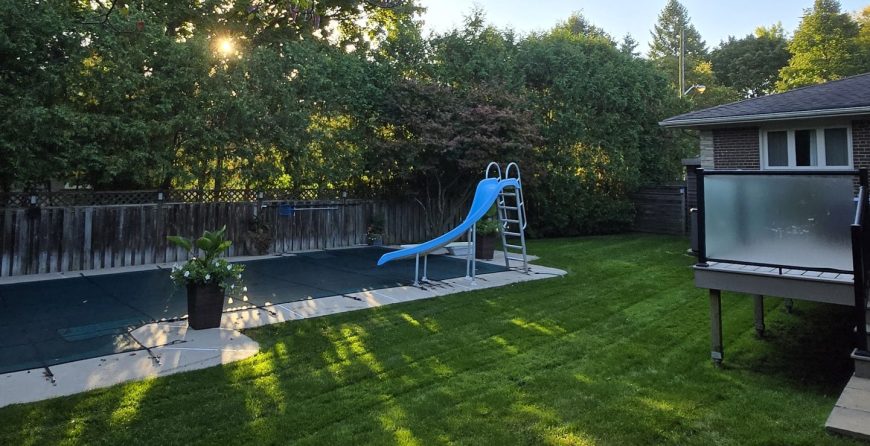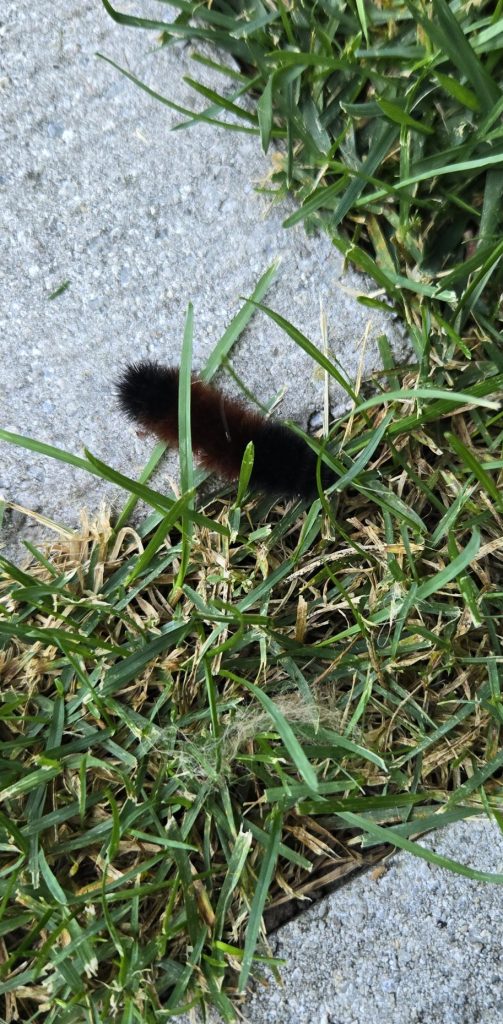Keeping your outdoor space vibrant and healthy is a rewarding challenge. However, unwanted pests can threaten the balance and harmony of your landscape. While some insects are beneficial,, others can wreak havoc on plants, spreading diseases and causing significant damage. Knowing how to manage these pests effectively and sustainably is crucial for long-term garden success.
This guide provides actionable insights to help you control insects, protect your plants, and maintain a thriving outdoor environment. From preventive measures to organic solutions, you’ll learn strategies to safeguard your landscape against harmful pests while promoting beneficial ones.
Understanding the Role of Insects in your Landscape
Before diving into pests and the strategies used to control them, it’s important to recognize that not all insects are harmful. Many play vital roles in the ecosystem, such as pollination, decomposition, and natural pest management. Learning to identify which insects are helpful versus harmful is key to targeted pest control efforts.
Beneficial Insects
Some insects contribute positively to your landscape by preying on harmful pests or assisting in plant reproduction. Examples include:
- Ladybugs: These colorful insects devour aphids, mealybugs, and other harmful pests.
- Lacewings: Their larvae are voracious eaters of mites, caterpillars, and whiteflies.
- Bees: Vital for pollination, bees help flowers and crops flourish.
A comprehensive list of beneficial insects for your garden in Ontario can be found here.
Harmful Insects
Certain pests can cause visible damage to plants or weaken them over time. Common harmful insects include:
- Aphids: These small, sap-sucking insects weaken plants and can spread diseases.
- Japanese Beetles: Known for their voracious appetite, these beetles skeletonize leaves, flowers, and fruit.
- Caterpillars: While they transform into beautiful butterflies, some caterpillars destroy foliage in the process.
Understanding the role insects play allows you to take a balanced approach to pest control that minimizes harm to beneficial species.
Preventive Pest Control Strategies
Prevention is the best defense against an infestation. By creating a landscape that discourages pests, you can reduce the need for reactive measures.
1. Healthy soil, healthy plants
Start with strong, healthy plants by maintaining rich, well-draining soil. Plants grown in nutrient-rich environments are less susceptible to insect damage. Consider adding organic compost or mulch to your beds to nourish the soil.
2. Choose pest-resistant plants
Opt for native or pest-resistant plant varieties. Native plants are naturally adapted to local conditions and are less likely to attract pests.
3. Monitor and inspect regularly
Early detection is crucial for managing pests effectively. Inspect your plants regularly for signs of damage, discoloration, or the presence of insects. Look under leaves, along stems, and in the soil.
4. Remove attractants
Pests are drawn to overgrown or poorly maintained landscapes. Keep your garden tidy by:
- Pruning dead or diseased plant material.
- Removing weeds that can harbor pests.
- Cleaning up fallen fruits and leaves that attract insects.
Physical and Mechanical Pest Control Methods
Sometimes, manual intervention is necessary to manage pest populations effectively.
1. Handpicking
For larger pests like caterpillars or beetles, handpicking can be an effective control method. Simply remove the insects from your plants and dispose of them safely.
2. Barriers and Traps
- Row Covers: Lightweight fabrics can be used to protect plants from flying insects without hindering sunlight.
- Sticky Traps: Use adhesive traps to capture flying pests like whiteflies and gnats.
3. Water Sprays
Blast aphids and mites off plants using a strong jet of water. This method is especially useful for delicate plants where chemical treatments might cause harm.
Organic and Natural Pest Control Solutions
Many gardeners prefer organic methods to manage pests, as they are safer for the environment, pets, and humans.
1. Beneficial Insects
Encourage natural predators by planting pollinator-friendly flowers like marigolds, lavender, and sunflowers. You can also purchase beneficial insects like ladybugs and release them into your garden.
2. Neem Oil
Neem oil is a natural pesticide derived from neem tree seeds. It disrupts the lifecycle of pests like aphids, spider mites, and whiteflies. Apply it as a spray directly onto infested plants.
3. Diatomaceous Earth
Sprinkle diatomaceous earth, a powder made from fossilized algae, around your plants to deter soft-bodied pests like slugs and caterpillars.
4. Homemade Sprays
Create DIY sprays using common household ingredients:
- Garlic Spray: A mixture of garlic and water can repel pests like aphids and beetles.
- Soap Spray: Mix water with a few drops of dish soap to suffocate small insects.
When to Use Chemical Control
While organic methods are preferable, severe infestations may require the use of chemical pesticides. Always choose products labeled for the specific pest you’re targeting and follow the instructions carefully. Avoid broad-spectrum pesticides, as they can harm beneficial insects.
Promoting a Balanced Ecosystem
A thriving landscape isn’t just about pest control; it’s about fostering balance. Incorporating biodiversity into your garden can naturally reduce pest populations.
1. Attract Birds
Birds are natural predators of many harmful insects. Install bird feeders or birdhouses to encourage them to visit your garden.
2. Companion Planting
Pair plants that deter pests with your vulnerable crops. For example, marigolds repel nematodes, while basil deters mosquitoes and flies.
3. Rotate Crops
Avoid planting the same crops in the same location each year, as this can lead to pest build-up. Crop rotation disrupts pest lifecycles and reduces infestations.

What we have to Offer
- Check out our essential expert pruning guide to enhance your garden’s beauty year-round.
- Don’t forget to read our top 5 most common lawn maintenance mistakes and simple ways to avoid them to ensure your landscape thrives in any condition!
Further Reading for Landscape Pros
- Discover the benefits of integrated pest management for sustainable insect control and develop a comprehensive plan to combat pesky pests!
- Learn more about identifying common garden pests to make certain your efforts protect beneficial insects, as mentioned above, and remove harmful pests that threaten the health of your garden plants.



